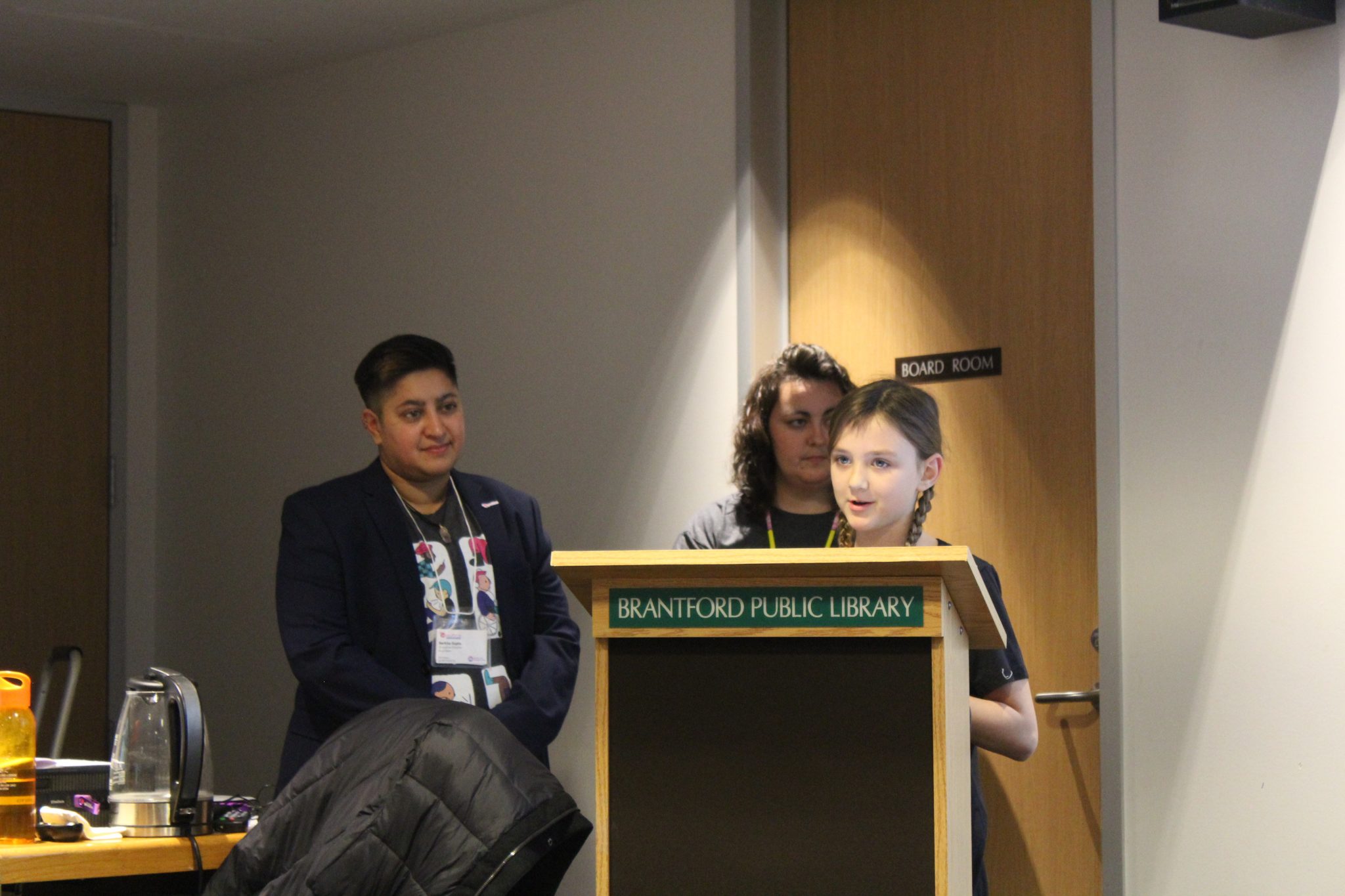Despite Laurier Brantford having many professors who have been teaching here for years, there are still always brand new professors appearing in classrooms.
These new professors are used to fill a need for courses, as John McCutcheon, the acting Dean of Laurier Brantford explains.
“We develop a timetable first, which is based upon the instructional needs of existing students a year ahead,” says McCutcheon.
The existing faculty chooses what courses to offer for the year and full-time professors fill the positions. Contract Academic Staff (CAS) fills the outstanding positions.
Experienced professors help to make the learning experience smooth for students. However, some professors are not prepared to teach a specific course due to their inexperience. This is not to say that they are not qualified individuals as they do have credentials that qualify them to be a professor.
“We hire people, rightly or wrongly, based upon academic qualifications and research potential,” says McCutcheon.
Often, professors are highly skilled in technical areas, but they don’t know how to translate that into the classroom. However, in some areas, the technical expertise becomes beneficial.
“In some programs, Journalism would be an example, and Business Technology Management; we actually want to have a portion of classes taught by practitioners because there’s an applied aspect to the program,” says McCutcheon.
Many students groan when they become aware that their professor has no experience in teaching because they are reduced to trial and error.
“You kind of just walk in blind. That’s not to say that faculty is not supportive and helpful, they absolutely are. When you apply for the job, you’re expected to know how to teach the course already,” says Nicole Cohen, a part-time Journalism professor.
The collective agreement for CAS gives them academic freedom and specifies that it is a collegial environment, which means each professor creates their own course outline and works under minimal supervision.
There are support services available to faculty for professional development and provide support for new professors.
“We need to continue to help them become better teachers. I think the expansion of teaching support services is probably the best example,” says McCutcheon.
Part-time professors are paid per course. Many of them have to teach more than one course per semester, often at different institutions and programs to make a living. Sometimes they have to travel.
“Recognizing that most part-time faculty has conflicting demand on their time, we need to offer them the support that we don’t need to offer some of the full-time faculty,” says McCutcheon.
Aside from the frustration students may feel with inexperienced professors, they also feel disconnected from professors.
“It may be hard for students, as it is for faculty, to develop a relationship because they may never see them again,” says Cohen.
Laurier Brantford has 379 sections for both Fall and Winter 2012-2013, 59.9 per cent were taught by full-time faculty and CAS taught 40.1 per cent.
Part-time faculty is only going to increase due to a the lack of government funding and cutbacks will effect staffing.
Professors have earned their job through their academic and professional achievements, but that is separate to teaching ability. Paper is different to personality. This means that there’s a good chance that you may never see a professor again.



